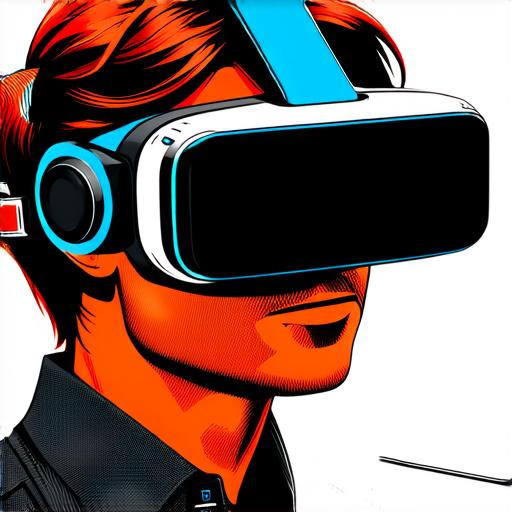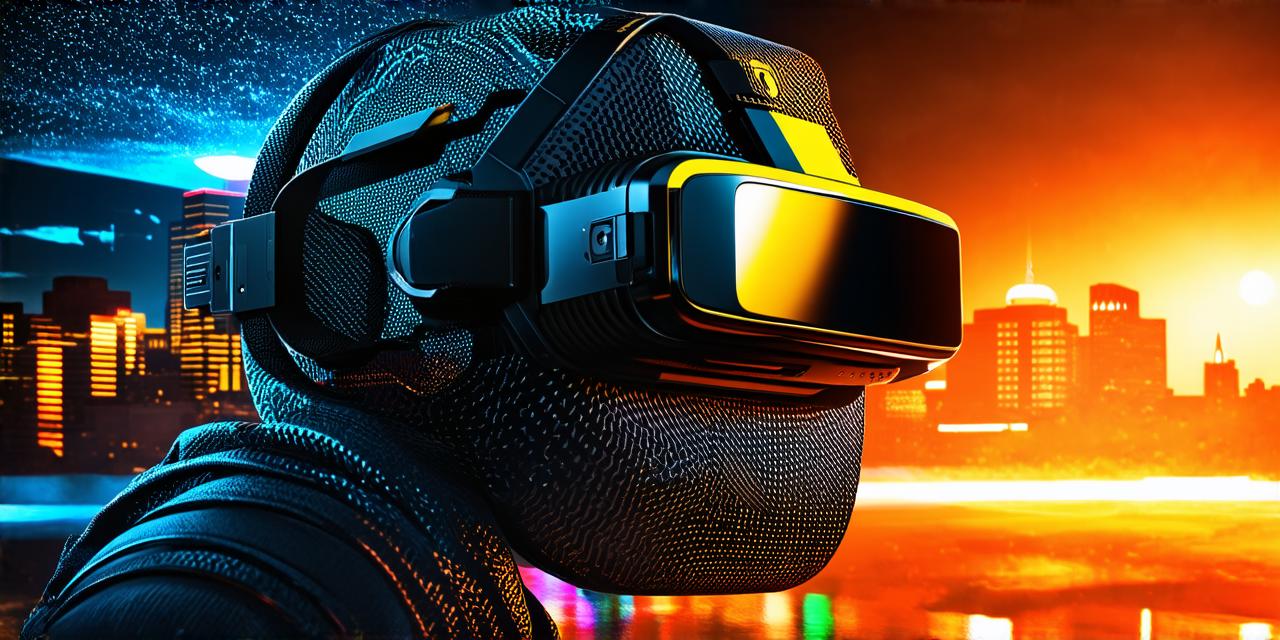Virtual reality (VR) technology has come a long way since its inception in the 1960s. From simple computer simulations to immersive and interactive experiences, VR has transformed the way we interact with digital content and opened up new possibilities for gaming, education, and more.
The Early Days of Virtual Reality: A Vision Realized
In 1962, Ivan Sutherland, a computer science student at MIT, created “Sketchpad,” one of the earliest examples of VR technology. Sketchpad allowed users to create and manipulate simple shapes using a head-mounted display (HMD) and gloves equipped with sensors. This early success laid the groundwork for the development of more advanced VR systems.
In the 1980s, computer scientists Ed Catmull and David Eagleman developed “Z-Space,” an immersive VR system that used a head-mounted display and gloves to create a three-dimensional environment. Z-Space was designed for use in scientific research and allowed users to visualize complex data sets and perform simulations.
The 1990s saw the advent of consumer-grade VR systems, such as the Sega Genesis’ “Virtual Reality System” (VRST) and Nintendo’s “Virtual Boy.” These systems were less advanced than modern VR devices, but they provided a glimpse into the potential of virtual reality technology.
The Turning Point: The Introduction of Oculus Rift and HTC Vive
In 2012, Oculus VR released the first development kit for their flagship VR headset, the Oculus Rift. This marked a turning point in the evolution of VR technology as it allowed developers to create more immersive and interactive experiences. The launch of the HTC Vive shortly thereafter further solidified VR’s position as a viable technology for gaming, education, and other industries.
The Impact of Virtual Reality on Gaming
Virtual reality has had a significant impact on the gaming industry, providing players with new ways to experience their favorite games. The launch of the Oculus Rift and HTC Vive in 2012 marked the beginning of the modern VR gaming era, with developers creating highly immersive experiences that transport players into different worlds.
The introduction of room-scale environments, where users could move around freely within a physical space while experiencing virtual reality, further enhanced the gaming experience. Games such as “Beat Saber” and “Job Simulator” have become VR staples, providing players with unique experiences that cannot be replicated on traditional gaming platforms.
Virtual reality has also enabled developers to create more realistic and immersive environments for games. For example, the popular game “Doom Eternal” features a highly detailed virtual world that can be explored using a VR headset. This provides players with a level of immersion that was not possible before.
The Education Sector: Virtual Reality as a Teaching Tool
Virtual reality technology has also found its way into classrooms, providing educators with new ways to teach and students with new ways to learn. The ability to create highly interactive and immersive experiences has made VR an ideal tool for education, particularly in subjects such as science, history, and language arts.
For example, the “Anatomaly” app allows users to explore the human body in 3D using a VR headset. This provides students with a unique and engaging way to learn about anatomy that cannot be replicated on traditional classroom materials.
Virtual reality has also been used in language learning, with apps such as “Babbel VR” allowing users to practice their vocabulary and pronunciation in virtual environments. This not only provides students with a more engaging learning experience but also allows them to immerse themselves in different cultures.
The Future of Virtual Reality: Where We Go from Here

Virtual reality technology continues to evolve, with new advancements being made every year. As the technology becomes more accessible and affordable, it is likely that we will see virtual reality become an integral part of our daily lives, impacting industries ranging from healthcare to entertainment.
One area where VR technology is expected to have a significant impact is in the field of healthcare. The ability to create highly realistic simulations of surgical procedures using VR has the potential to revolutionize medical training and improve patient outcomes.
Virtual reality is also expected to play an increasingly important role in mental health treatment, with therapists using VR technology to simulate real-life situations and help patients overcome their fears and anxieties.
Summary: The Evolution of Virtual Reality Technology
The evolution of virtual reality technology has been a long journey, but it is clear that the potential of this technology is just beginning to be realized. From its origins in computer science labs to its current role as a major player in gaming and education, virtual reality has transformed the way we interact with digital content and opened up new possibilities for learning and exploration.
As the technology continues to evolve, it is likely that we will see virtual reality become an integral part of our daily lives, impacting industries ranging from healthcare to entertainment. Whatever the future holds, one thing is clear: virtual reality will continue to be a driving force in shaping the way we experience the world around us.
